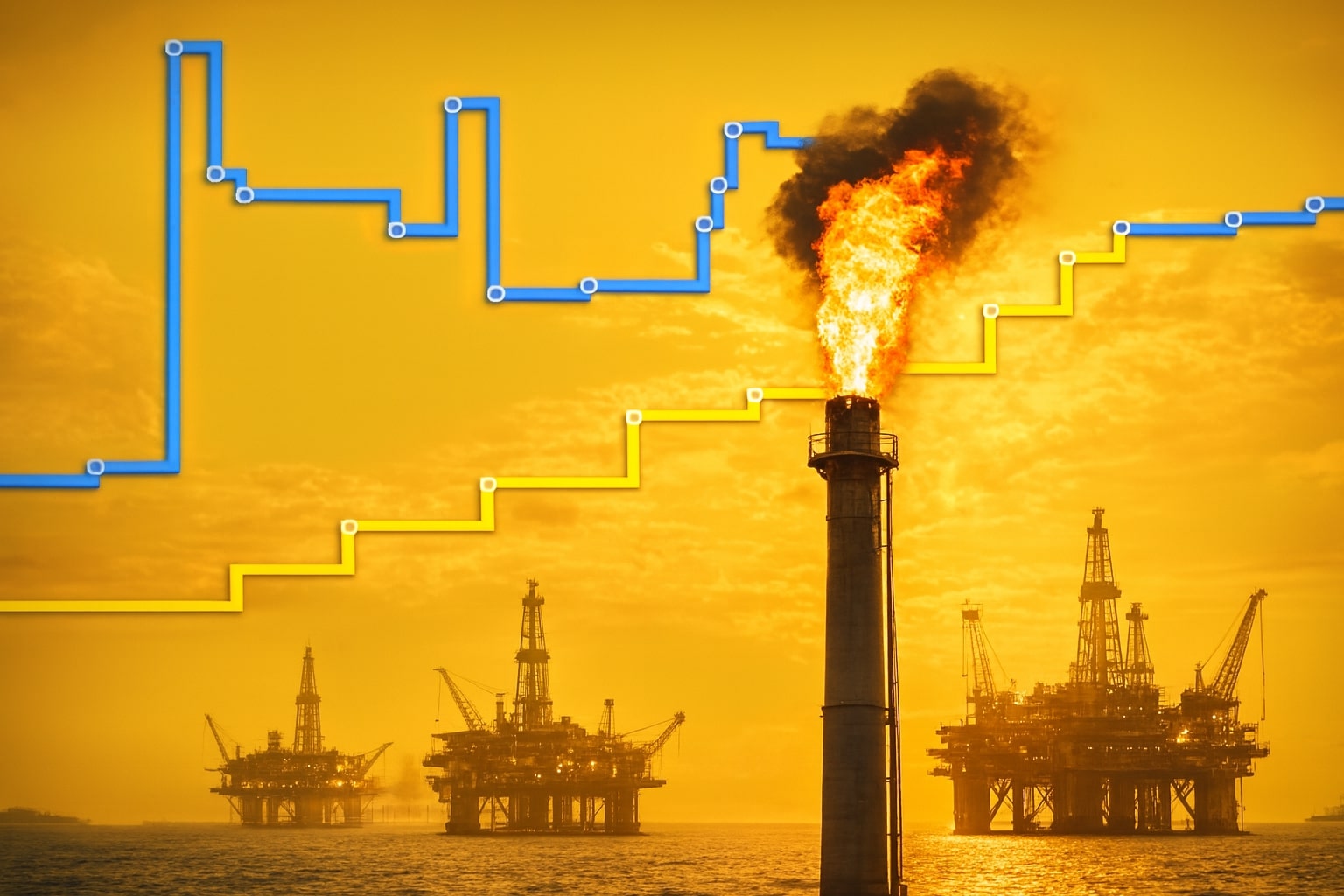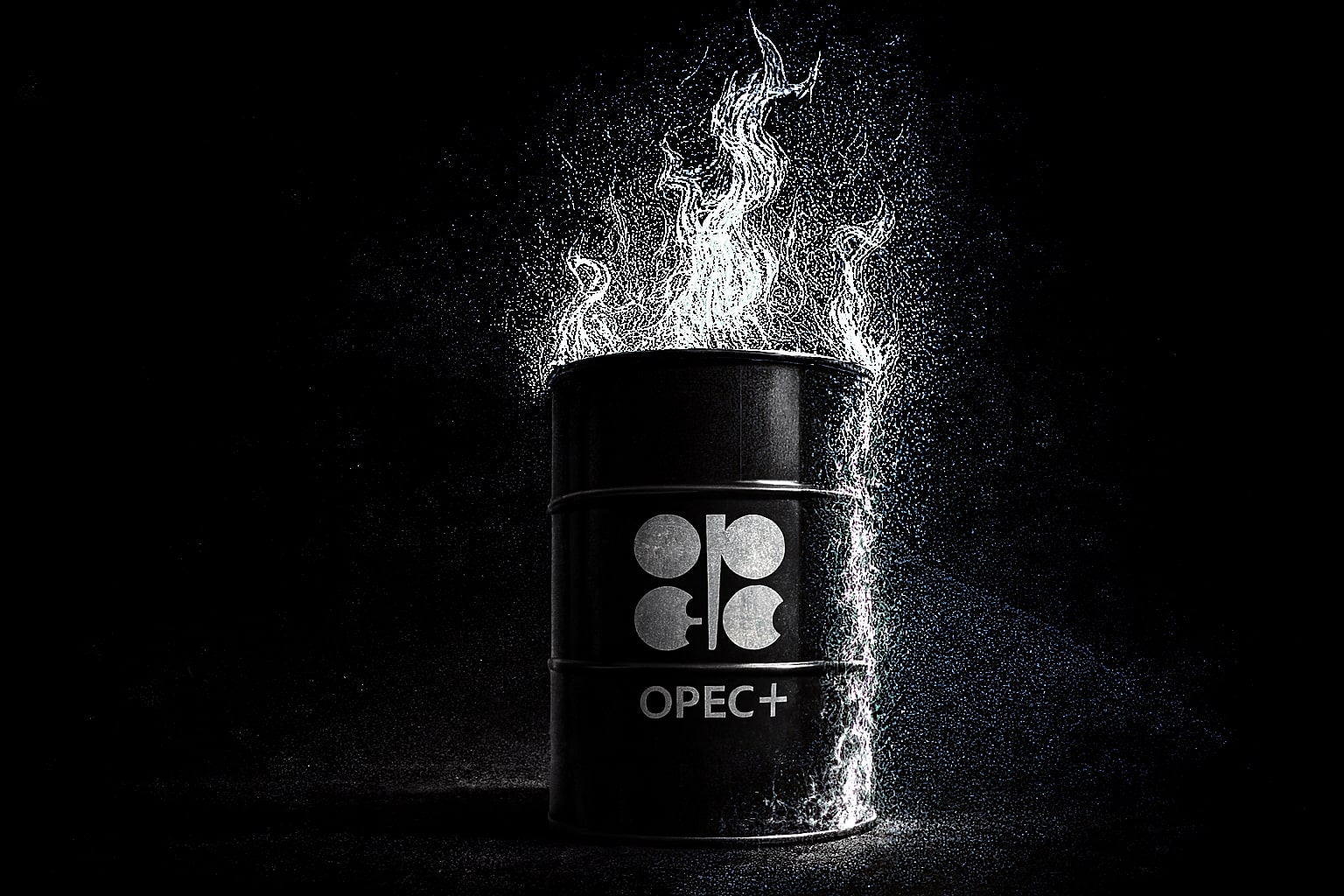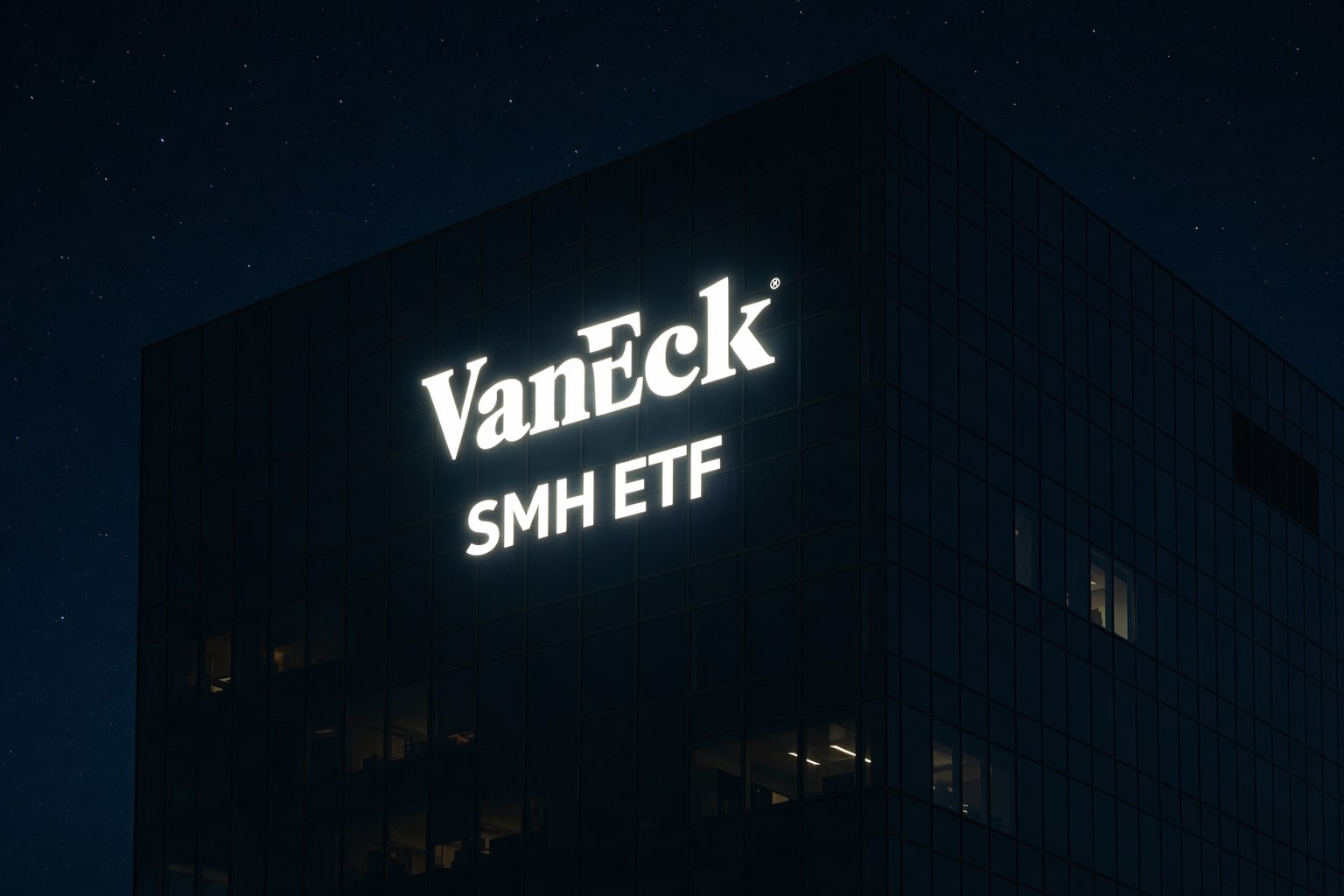
Natural Gas Price (NG=F) Surges to $4.124 as Cold Forecasts and Record LNG Exports Fuel 7-Month Rally
Natural Gas (NG=F) climbed 4.25% to $4.124/MMBtu, boosted by winter demand projections, record 17.4 Bcf/day LNG flows, and U.S. power output up 1.9% YoY | That's TradingNEWS
Natural Gas (NG=F) — Prices Surge to Seven-Month High as Winter Demand Outlook and Record LNG Flows Spark Volatility
Natural gas prices rallied into the end of October with December Nymex futures (NG=F) closing at $4.124 per MMBtu, up 4.25% on Friday and capping a 25% monthly gain. The move marked the highest close in seven months, driven by renewed forecasts for colder U.S. temperatures between November 10–14, as well as surging LNG feedgas demand and tightening global supply fundamentals. The rally came despite near-record production and robust storage levels, signaling that speculative momentum and winter weather expectations are once again dictating near-term pricing direction.
Colder U.S. Forecast and Heating Demand Push Prices Higher
Meteorological models from Vaisala and BNEF indicated a significant shift toward colder conditions across the Midwest and Northeast, raising expectations for early-season heating demand. The U.S. lower-48’s total gas demand climbed to 79.0 Bcf/day, up 10.4% year-over-year, while production reached 108.9 Bcf/day, a 6.6% increase YoY. The widening demand gap pushed traders to hedge against supply constraints, lifting prompt-month futures toward the $4.10–$4.20 resistance band. This sudden move came even as gas storage levels remain comfortably above average, proving that sentiment around upcoming weather remains the dominant short-term driver.
Electricity generation has also reinforced the bullish tone. According to the Edison Electric Institute, U.S. power output for the week ending October 25 rose 1.9% YoY to 72,772 GWh, while cumulative annual output reached 4.28 million GWh, up 2.9% YoY. Higher power burn rates continue to draw on natural gas reserves, adding to structural demand strength heading into winter.
LNG Feedgas Flows Hit Record Highs as Exports Expand
Another critical tailwind came from the LNG sector. Feedgas deliveries to U.S. export terminals hit a record 17.4 Bcf/day, a 4.7% weekly increase, reflecting strong overseas demand and renewed European restocking ahead of winter. The global LNG market remains tight as Asian buyers compete for shipments amid fluctuating crude oil prices and ongoing geopolitical disruptions.
In Turkey’s spot market, 1,000 cubic meters of natural gas was priced at 14,496.65 liras ($344.7) on October 31, with total daily trade volume down 51.3% to 11.9 million liras, according to EXIST data. Turkish pipeline inflows totaled 158.24 million cubic meters, highlighting how regional markets are balancing high-cost imports with declining industrial consumption. Across Europe, storage facilities are 83% full, slightly below the five-year seasonal norm of 92%, but well-positioned for early winter.
U.S. Production and Storage Data: Abundance Meets Anticipation
Despite bullish weather signals, the Energy Information Administration (EIA) confirmed an inventory increase of +74 Bcf for the week ending October 24, matching expectations and maintaining storage levels 4.6% above the five-year average. Total lower-48 inventories reached 3,882 Bcf, a modest 0.5% increase YoY, reflecting both robust supply and strong withdrawal potential.
Meanwhile, Baker Hughes reported that the active U.S. natural gas rig count rose by 4 to 125, marking a 2.25-year high and up sharply from 94 rigs a year ago. The EIA’s October outlook raised its 2025 production forecast by 0.5% to 107.14 Bcf/day, indicating steady output growth that may act as a moderating force on prices if winter weather underperforms.
Technical Setup: Resistance at $4.15 Caps Gains, Bulls Eye Breakout Toward $4.30
On the technical side, natural gas futures tested a key June swing high at $4.15, closing just below that threshold. A daily close above $4.09—the midpoint of Friday’s trading range—would confirm strong buying momentum and could trigger further upside toward $4.30–$4.35 in the near term. The market’s shallow intraday pullbacks, with lows barely dipping under $4.02, underscore aggressive dip buying by funds betting on sustained cold risk.
Should prices fail to hold above $4.02, initial support lies near $3.75, followed by $3.46, where the 200-day moving average sits as the ultimate downside guardrail. The ABCD harmonic pattern, identified by several technical models, suggests a projected extension target of $3.95, creating a zone where both profit-taking and renewed entries could coexist.
European Divergence: TTF Prices Ease as U.S. Futures Strengthen
While U.S. natural gas surged, Europe’s Dutch TTF benchmark slipped 0.7% to €31.16/MWh, down 2.7% on the week, as mild temperatures and full inventories softened near-term demand expectations. Investment funds cut net long positions by 14 TWh, showing skepticism toward further upside in European contracts. However, as LNG cargoes increasingly divert to Asia, European hubs could face renewed tightening by mid-November, especially if weather models shift colder.
The European Union’s gas storage utilization at 82.8% indicates comfort, but traders warn that strong LNG pull from Asia could alter flows rapidly. Equinor ASA recently projected that new U.S. LNG capacity will ease volatility but cautioned about political limits on export growth—suggesting a potential ceiling on the U.S. contribution to global supply balancing.
Read More
-
SMH ETF: NASDAQ:SMH Hovering at $350 With AI, NVDA and CHIPS Act Fueling the Next Move
16.12.2025 · TradingNEWS ArchiveStocks
-
XRP ETFs XRPI and XRPR: Can $1B Inflows Lift XRP-USD From $1.93 Back Toward $3.66?
16.12.2025 · TradingNEWS ArchiveCrypto
-
Natural Gas Price Forecast: NG=F Falls to $3.80–$3.94 as Warm Winter Kills $5.50 Spike
16.12.2025 · TradingNEWS ArchiveCommodities
-
USD/JPY Price Forecast - USDJPY=X Slides, BoJ 0.50% Hike, Fed Cut and NFP Set the Next Big Move
16.12.2025 · TradingNEWS ArchiveForex
Regional Hubs and Forward Curves: North American Market Tightens
Regionally, Henry Hub spot prices gained $0.14, Empress rose $0.135, and Moss Bluff climbed $0.13, while Transwestern – Central and Northwest Sumas saw declines of $0.74 and $0.76 respectively. The Waha hub remained under pressure from pipeline constraints, trading at a steep discount, though forward basis curves across the Permian Basin show narrowing differentials into 2027.
According to NGI data, South Central storage rose to 1,282 Bcf for the week ending October 24, up 27 Bcf week-over-week and 47 Bcf higher than last year, with capacity utilization at 82.3%—a level that continues to weigh on regional basis but signals resilience in pre-winter supply positioning.
Global Context: Structural Demand Meets Energy Transition Constraints
The broader natural gas narrative remains one of duality—surging demand for clean transitional fuel against structural limits in transport and export infrastructure. U.S. LNG terminals continue to operate near full capacity, while European policymakers push for accelerated diversification away from Russian gas by 2028. This realignment keeps North American production crucial to global balance sheets, particularly as Asian buyers compete aggressively for Q1 2026 cargoes.
Meanwhile, geopolitical risks—including Middle Eastern supply routes and potential disruptions from renewed sanctions on Russian LNG—remain latent catalysts for volatility. The global market’s dependence on U.S. exports ensures that even minor logistical interruptions can ripple across prices.
Short-Term Outlook and Strategic Positioning
As the market transitions from injection to withdrawal season, speculative positioning has shifted bullishly. Traders are focusing on the structural winter narrative rather than oversupply fears, with front-month contracts up 3.2% on the week and 25% on the month. Price action indicates firm control by the bulls as long as $3.75 remains unbroken, with upside potential toward $4.30–$4.45 if colder weather forecasts are validated.
Storage remains the critical moderating factor—should weekly injections continue above 70 Bcf, upside may stall; however, any colder-than-expected snap in mid-November could trigger an aggressive rally above $4.50. Traders are watching for confirmation from the next EIA inventory report and CFTC positioning data to gauge momentum sustainability.
Verdict: Buy — Natural Gas (NG=F) Retains Bullish Bias Toward $4.45 Amid Winter Risk Premium and Record LNG Flows
Given the current fundamentals—rising heating demand, strong LNG exports, tightening European balances, and resilient U.S. consumption—the outlook for Natural Gas (NG=F) remains bullish in the short term. With resistance at $4.15 now within reach and weather-driven volatility increasing, strategic traders are likely to maintain long exposure targeting $4.45–$4.60 before year-end. The structural supply-demand imbalance, combined with speculative winter premiums, supports the case for sustained upside even amid record production levels.
Final Assessment: Buy — Natural Gas (NG=F) targets $4.45 with bullish continuation pattern confirmed above $4.09; support at $3.75 remains the key pivot for the next cycle.



















